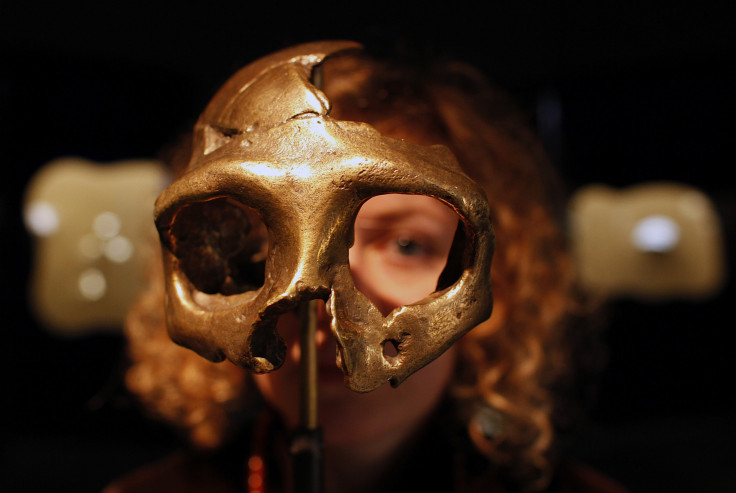Neanderthal DNA In Modern Human Genome Is Still Affecting Our Gene Expression

Homo neanderthalensis — our closest human ancestor — has been extinct for over 40,000 years. Before the last Neanderthals died out, though, members of this species mated extensively with modern humans, leaving behind a footprint in our genome that is visible even today. According to a study published Thursday in the journal Cell, these Neanderthal DNA sequences are influencing gene expression in modern humans to present day — especially those that contribute to traits such as height and susceptibility to schizophrenia.
Although scientists have previously revealed correlations between Neanderthal genes and modern human traits such as fat metabolism, depression, and lupus risk, this is the first study to figure out the mechanism behind these correlations.
“Even 50,000 years after the last human-Neanderthal mating, we can still see measurable impacts on gene expression,” study co-author Joshua Akey from the University of Washington School of Medicine told Cell Press. “And those variations in gene expression contribute to human phenotypic variation and disease susceptibility.”
Previous research has shown that roughly 2 percent of modern human genome is made up of Neanderthal DNA. In order to assess the impact this DNA has on gene expression, researchers of the new study looked for people who inherited both Neanderthal and modern human versions, or alleles, of any given gene. In the 214 individuals found to have these alleles, the researchers compared their expression in 52 different tissues.
“We find that for about 25 percent of all those sites that we tested, we can detect a difference in expression between the Neanderthal allele and the modern human allele,” lead author Rajiv McCoy, a postdoctoral researcher at the University of Washington, said.
One example the researchers unearthed related to the gene ADAMTSL3, which is known as a risk factor for schizophrenia and also influences height. Having a Neanderthal allele of the gene, which causes cells’ machinery to remove a segment of messenger-RNA that is expressed in the modern human version, seems to reduce the risk of schizophrenia and increase height.
The organs that had the lowest level of Neanderthal allele expression were the brain and the testes, suggesting that these organs had experienced a rapid rate of evolution since modern humans diverged from Neanderthals.
“This study makes important progress in understanding how Neanderthal genes many of us carry in our genomes affect diverse human traits by dictating how genes are regulated,” Sriram Sankararaman from the University of California, Los Angeles, who was not involved in the study, told New Scientist. “The finding that these Neanderthal variants tend to have lower activity in brains and testes is intriguing, as it offers hints on which aspects of biology diverged most rapidly between Neanderthals and us.”
© Copyright IBTimes 2024. All rights reserved.






















